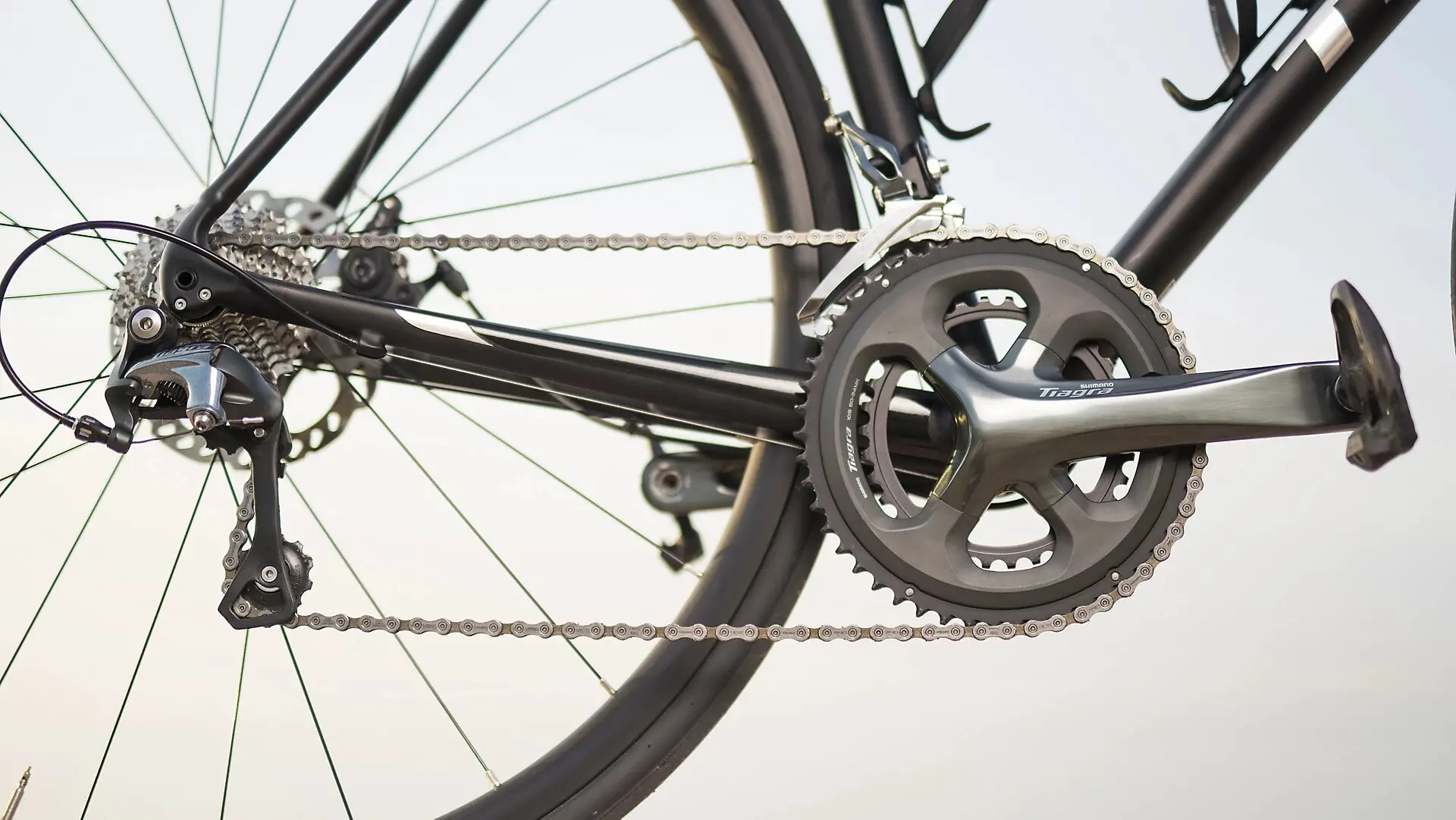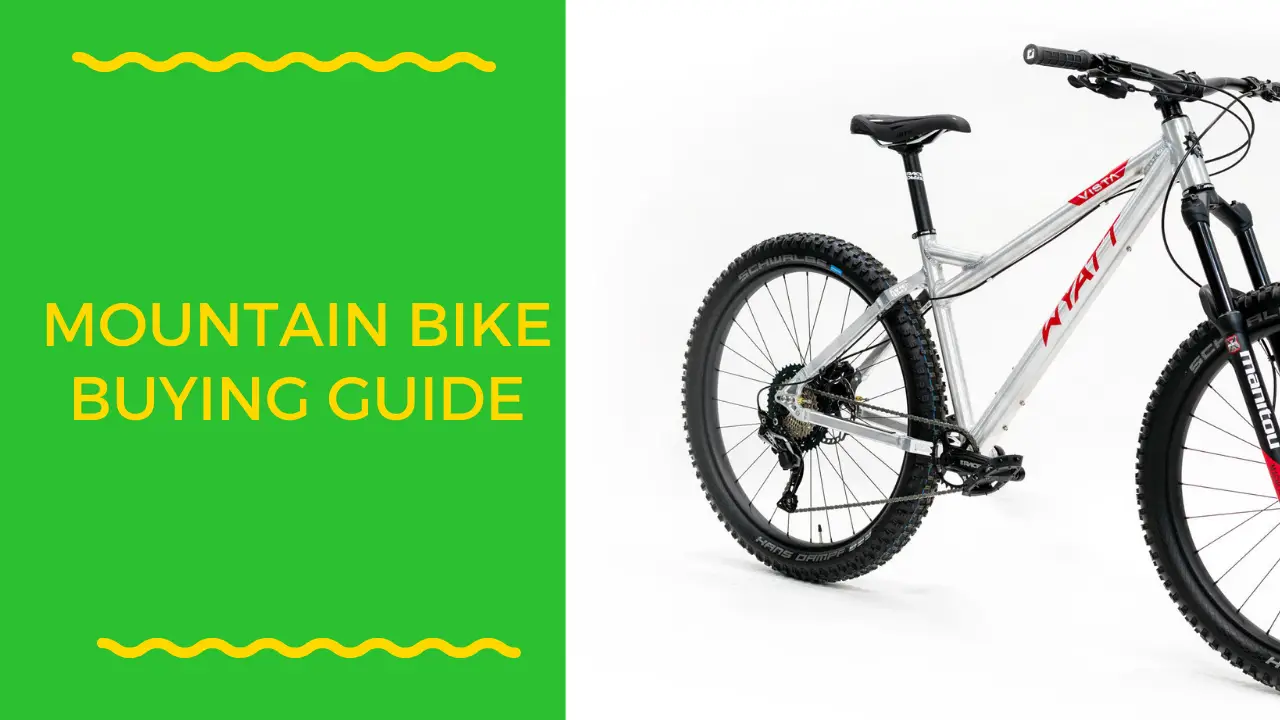What makes a good mountain bike for beginners and pro cyclists?
Do you go for the most expensive one or should you invest in a low-end model?
Is a build with carbon frame better or should you invest in aluminum frameset instead?
It turns out that there’s more to a mountain bike than just the cost. And choosing the right one can be somewhat overwhelming, if not entirely challenging.
So in this buying guide, we’ll give you some points that can help you choose the right mountain bike, especially if you’re doing it for the very first time.
In the end, you’ll find it easy to pick the right model, and you won’t even spend a lot of time on it.
So without further ado, let’s get started on what to look for when picking your mtb bike.
Contents
How to Choose the Right Mountain Bicycle for You
1. Frames Material
Mountain bikes have two types of frames: the aluminum frame and the carbon fiber frame.
Aluminum frames are the best if you want a smooth riding experience. They have a front fork that absorbs terrain vibrations and shocks therefore keeping you steady.
On the other hand, bikes with a carbon fiber frame are more comfortable and absorb the vibrations faster. In that sense, they are considered superior to their aluminum counterparts. You can read more about frame materials here.
2. Price
The price of mountain bikes is relative and so many things determine the cost of a bike. However, the one thing that always stands out is the frame material.
Aluminum frame bikes are heavy and cheap while carbon fiber frames are lighter and cost more.
The average aluminum bike costs anything from $600 to $1000. To get their superior carbon frame superior counterparts you need to part with $1000 to $2000.
With that said, you should always have a flexible budget in mind to help narrow down your prospects.
3. Size

A fitting mountain bike makes cycling fun, comfortable and memorable. Therefore, choosing the right bike size is as important as the money itself.
Remember, once you buy there’s no going back. You should start the search process by doing a background check in different bike company websites.
Check out the bike charts available to get a picture of what you’re looking for.
Bikes charts explain the details of a bike that include the frame, type and size of a bike. Once you have an idea of the kind of bike, make an effort and visit a bike shop.
In a bike shop, you are guaranteed to get hands-on experience.
After you get to the bike shop you must test the available bike size options and see which one you are most comfortable riding. The first test you should always use to know whether a bike fits is standing over the frame and checking to see if there’s any space left between you and the top lube.
If there’s some extra space proceed to do a ride test.
You can take it out for a spin around the area to get a feel of how the bike. Remember to ask for permission first.
The other good thing about going to the bike shop is that certain parts can be customized to fit you.
For example, the height and position of the saddle are adjustable. The handlebar position can also shift to meet your expectations.
4. The Components
The type of mountain bike you need depends on the question.
Where will you be taking your bike? Will you be riding in wet, muddy areas? Or will you just be cycling by the roadside or pavements?
When you understand the type of terrain you’ll be riding on it becomes easier to pick out the components.
Let's explore some of the critical things you need to consider when riding on different terrains.
5. The Tires

The bike tires are the first parts you should always check. Rougher surfaces need wider MTB tires that provide extra cushioning.
However, bikes destined for smoother surfaces require skew and skinny tires.
Endurance bikes have tires that are 28mm to 32mm thick, while race bikes can be anything from 23mm to 25 mm wide.
However, tires are easy to switch, and you can change them anytime you want. Just make sure the frame has enough allowance to accommodate a broader or narrow set of tires.
6. Brakes

On bike brakes, there are two options you can choose to go with: the disc brakes or rim brakes.
Disc brakes are best suited for wet and muddy areas and you’ll mostly find them on endurance bikes.
On the other hand, rim brakes are more convenient for race bikes that require lighter and sleek brakes.
Remember, choosing a good set of brakes for your mountain bike will protects you, other cyclist and passers-by.
7. Chain rings and Gears set

Now on the chainset, you need to know the various chaining sizes available.
- The triple crankset, which has a total of 3 chain rings with about 50 tooth rings and 27 sets of gears. This is the best option for cycling in steep, hilly areas.
- The double crankset that has 2 Chain rings paired with a ten-speed cassette and has 20 sets of gears. Here, the chain rings are smaller and fewer suitable for racing cyclists who require less change in gears.
An excellent way to keep the cogs of the chainset fresh and efficient is by cleaning the drive chain regularly
8. Pedals
A good set of pedals is like a glove that fits. Without pedals riding would be a less attractive sport.
Pedals come in different brands, and the best ones always have a considerable price tag. However, such pedals are the ones you should go for because they easy to use and last longer. Always remember to use cycling shoes when pedaling.
Conclusion
When you plan to buy a mountain bike, always make sure you get the other essential tools in your journey—for example, the water bottle, a water bottle cage and the supplies to fix a flat tire. It would also in your best interest to familiarize yourself with the basic rules of cycling.

